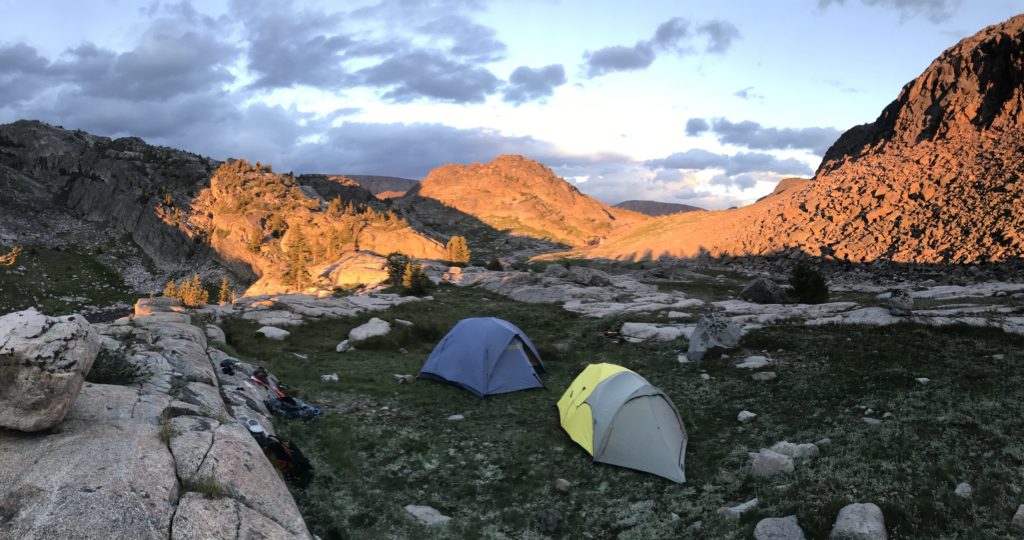Food to Carry When Going Light in the Wilderness
Have you ever tried to drop a few pounds? Maybe something happened and you put on a little weight, or maybe you just let yourself go. Suddenly you were uncomfortable and you wanted to shed some pounds. A little diet and exercise can get you there, but if you really want to drop weight fast, head into the mountains. It’s hard to get the calories you need to sustain, or increase, weight, and you are moving so much you’re burning them faster than you put them in. After a four day trip I found myself going from 171 to 166.5 pound. And we didn’t skimp on food either.

Eating while backpacking is a whole new experience. While it’s great to go completely freeze dried and lightweight, I recommend taking at least a couple of little luxuries. For me, that often means candy in my trail mix, and a shot or two of scotch for each evening. Today, as you can see in the video, I have a couple of tips to keep weight down, but calorie intake up.
Freeze Dried versus Dried
When I’m carrying a stove, I don’t have to worry quite as much about the difference between freeze dried and dried goods. But there is a big difference.
With a stove and plenty of fuel, boiling water isn’t an issue. You can get some heated up, drop in a noodle package, and cook it for a few more minutes. In fact, I love these as a supplement to most meals: you can grab a noodle side dish for less than a dollar most of the time, and they’re filling with a lot of calories and carbs.
But if you’re going really light weight, you may want to skip the stove. Especially when you’re just out for a couple of nights and you can “suffer” through cold meals for those nights. In those cases, you want pre-cooked food that has had the moisture sucked from it. While you can rehydrate pasta in cold water, you need heat to break up those starches and get the most from it. A dehydrated backpacker meal will have done that for you, and often includes proteins and veggies too.
Breakfast, Lunch, Dinner
When going light, here’s what I like to do for each of the three meals during the day.
Breakfast – Granola mixed with a scoop of dried milk. Rehydration is simple, it’s cheap, and it fills you up.
Lunch – Trail mix, energy bars, and jerky. Easy to snack on while you’re on the trail.
Dinner – Dehydrated backpacker meal. They range from $7 to $14 each. I always go for the maximum calories and maximum protein per package. I have found 2 servings is really just one serving when you’re working hard.
Shake it up, try new things, test different flavors. When you find something that works for you, add that to your regular rotation and then mix in new stuff.
Finally, always bring some sort of luxury item. Usually these are heavier, but they break up the monotony of dried foods. I’ve known people to bring a can of Pringles, a bar of fudge, pickles, a beer or two, or anything that you wouldn’t usually consider as backpacking food.
Granite Peak Trip in Four More Days
Over the weekend I was able to get out and spend 4 days in the backcountry at around 10,000 feet. We logged nearly 40 miles. Now it’s a few days of rest, and then back into the backcountry for the trip up to the highest point in Montana. The next write-up will be a post-climb one.
